A transformer works on the principle that energy can be transferred by magnetic induction from one set of coils to another set by means of a varying magnetic flux. The magnetic flux is produced by an AC source.
The coil of a transformer that is energized from an AC source is called the primary winding (coil), and the coil that delivers this AC to the load is called the secondary winding (coil) (Figure 1).
In Figure 1, the primary and secondary coils are shown on separate legs of the magnetic circuit so that we can easily understand how the transformer works. Actually, half of the primary and secondary coils are wound on each of the two legs, with sufficient insulation between the two coils and the core to properly insulate the windings from one another and the core.
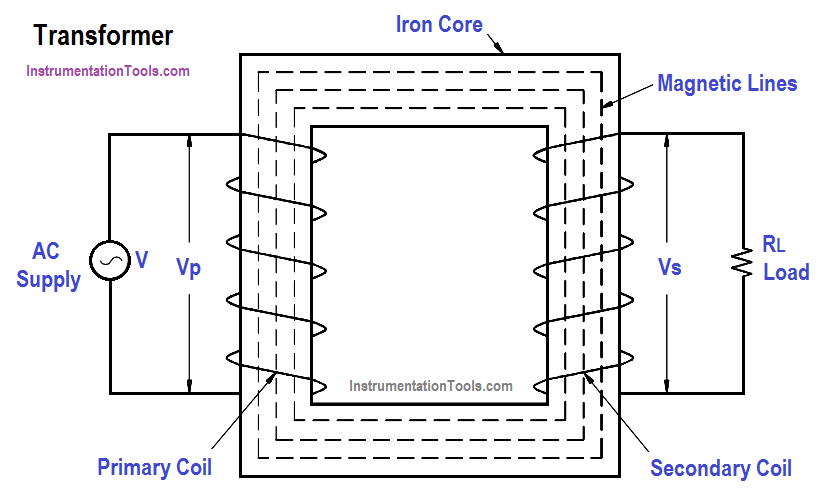
Figure 1 : Core-Type Transformer
A transformer wound, such as in Figure 1, will operate at a greatly reduced efficiency due to the magnetic leakage. Magnetic leakage is the part of the magnetic flux that passes through either one of the coils, but not through both. The larger the distance between the primary and secondary windings, the longer the magnetic circuit and the greater the leakage.
When alternating voltage is applied to the primary winding, an alternating current will flow that will magnetize the magnetic core, first in one direction and then in the other direction. This alternating flux flowing around the entire length of the magnetic circuit induces a voltage in both the primary and secondary windings.
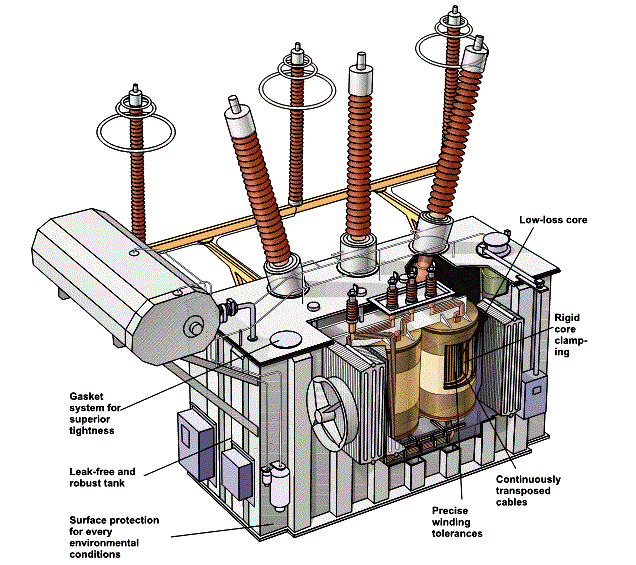
Since both windings are linked by the same flux, the voltage induced per turn of the primary and secondary windings must be the same value and same direction. This voltage opposes the voltage applied to the primary winding and is called counter-electromotive force (CEMF).
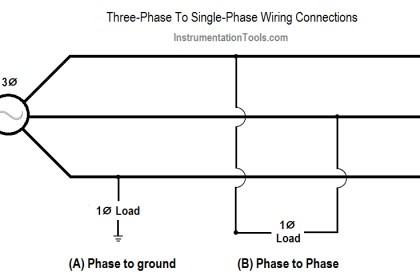
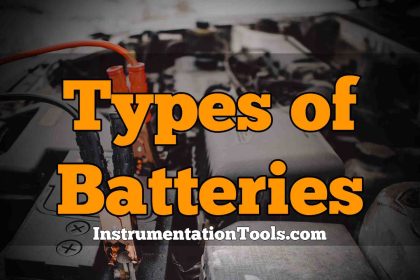
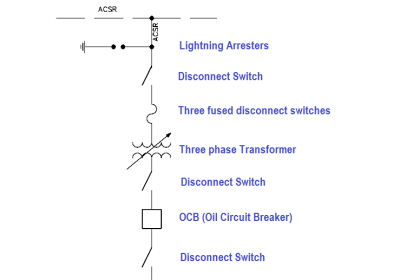
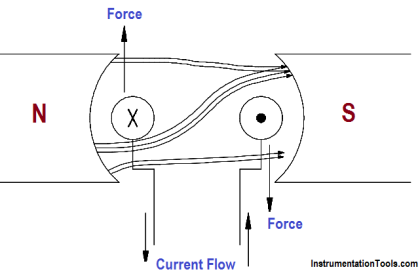
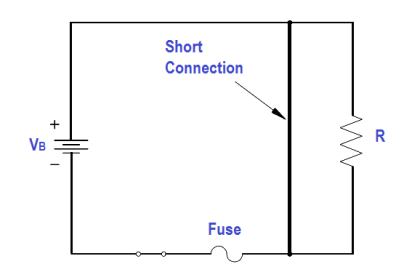
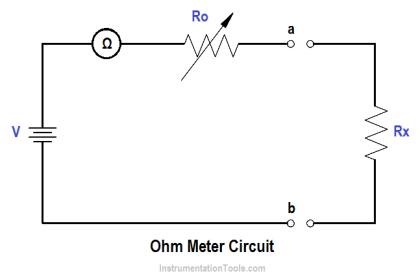
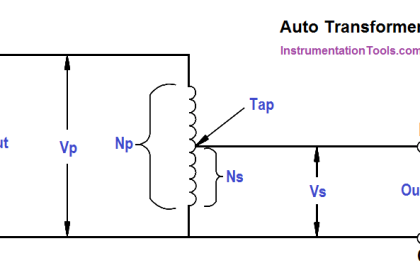
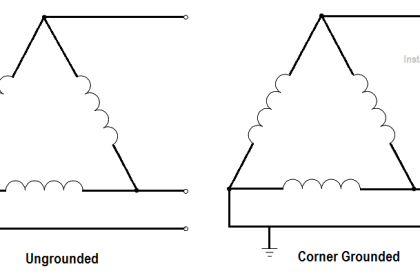
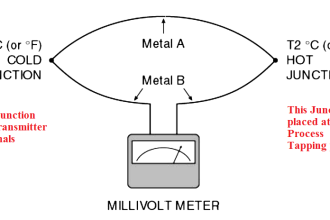
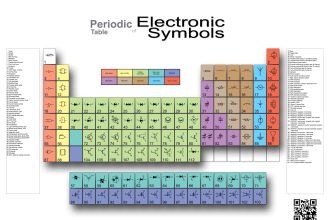


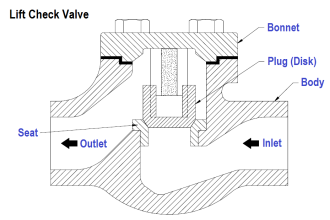

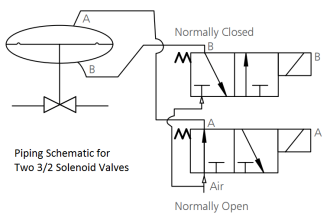
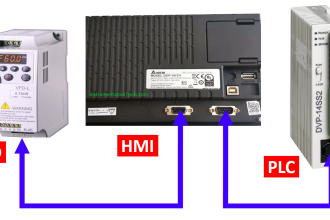

how to do fault isolation of transformer. Kindly guide.